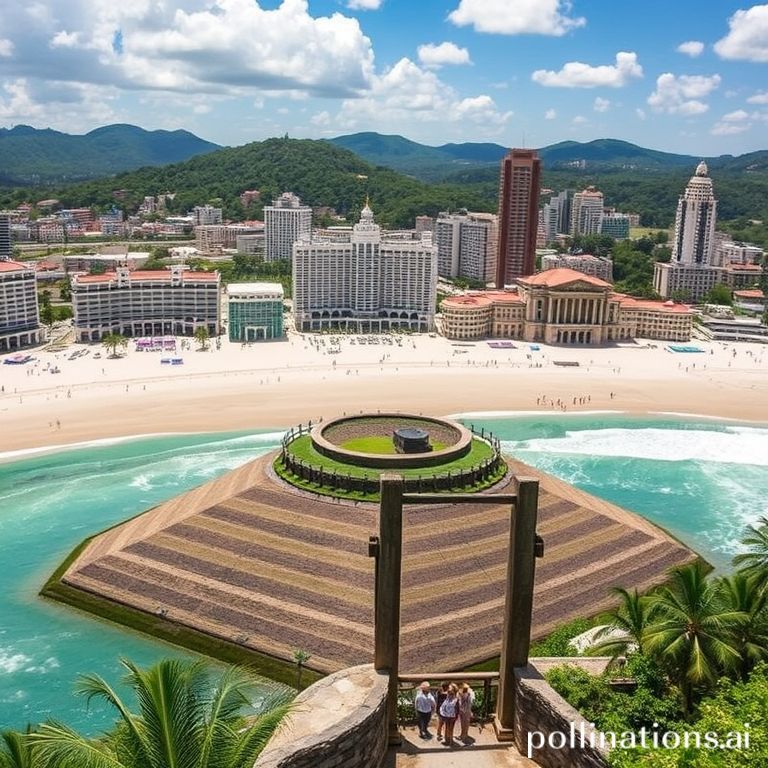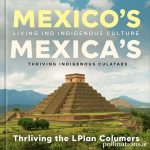Mexico, a land of vibrant culture, stunning landscapes, and ancient history, has long been a favorite destination for travelers worldwide. But beyond the allure of its beaches and ruins, tourism plays a pivotal role in shaping the Mexican economy. From bustling coastal resorts to charming colonial towns, the impact of tourism is felt across various sectors, contributing significantly to the nation’s prosperity and development.
Understanding how tourism affects the Mexican economy involves examining its multifaceted contributions, the challenges it poses, and the strategies employed to ensure its sustainable growth. By delving into these aspects, we can gain a deeper appreciation for the intricate relationship between tourism and the economic well-being of this captivating country.
The Economic Engine: Tourism’s Direct Contributions
Tourism acts as a powerful engine, directly fueling several key sectors of the Mexican economy. These contributions are evident in:
Job Creation
- The tourism industry is a significant employer, providing jobs in hotels, restaurants, transportation, tour operations, and countless other related services.
- These jobs span a wide range of skill levels, offering opportunities for both skilled professionals and those entering the workforce.
Revenue Generation
- Tourism generates substantial revenue through tourist spending on accommodation, food, activities, and souvenirs.
- This influx of money stimulates local economies and contributes to the national GDP.
Infrastructure Development
- The demand for tourism-related infrastructure, such as airports, roads, and resorts, drives investment and development in these areas.
- This infrastructure not only benefits tourists but also improves the quality of life for local communities.
Beyond the Surface: Indirect and Induced Impacts
The positive effects of tourism extend beyond the direct contributions, creating ripple effects throughout the economy:
Supply Chain Benefits
Tourism boosts demand for goods and services from various industries, including agriculture, manufacturing, and construction. This stimulates growth in these sectors and creates further employment opportunities.
Induced Economic Activity
As tourism revenue increases, so does the income of local residents and businesses. This leads to increased spending and investment, further boosting economic activity.
Government Revenue
Tourism generates tax revenue for the government through various sources, such as hotel taxes, sales taxes, and airport fees. This revenue can be used to fund public services and infrastructure projects.
Challenges and Considerations
While tourism brings numerous economic benefits, it also presents certain challenges:
Seasonality
Many tourist destinations in Mexico experience peak seasons and off-seasons. This can lead to fluctuations in employment and revenue, making it difficult for businesses to sustain themselves year-round.
Environmental Impact
Uncontrolled tourism can have negative impacts on the environment, such as pollution, habitat destruction, and water scarcity. Sustainable tourism practices are crucial to minimize these impacts.
Economic Leakage
A significant portion of tourism revenue can leak out of the local economy if tourists primarily purchase goods and services from foreign-owned companies. Supporting local businesses is essential to maximize the economic benefits of tourism.
Strategies for Sustainable Tourism Growth
To ensure that tourism continues to benefit the Mexican economy in a sustainable way, several strategies are being implemented:
Promoting Eco-Tourism
Eco-tourism focuses on responsible travel that minimizes environmental impact and supports local communities. This can help to preserve Mexico’s natural beauty and cultural heritage while generating economic benefits.
Diversifying Tourism Offerings
Mexico is working to diversify its tourism offerings beyond traditional beach resorts, promoting cultural tourism, adventure tourism, and culinary tourism. This can attract a wider range of tourists and reduce reliance on specific destinations.
Investing in Infrastructure
Continued investment in tourism-related infrastructure, such as airports, roads, and communication networks, is essential to support tourism growth and improve the tourist experience.
Conclusion
How tourism affects the Mexican economy is undeniable. It serves as a powerful engine for economic growth, job creation, and infrastructure development. While challenges such as seasonality and environmental impact must be addressed, strategic initiatives focused on sustainability and diversification are paving the way for a brighter future. By embracing responsible tourism practices and maximizing local benefits, Mexico can ensure that tourism continues to be a driving force for economic prosperity for generations to come.
If you enjoyed this article, don’t forget to explore more inspiring stories on Life in Mexico!
IMAGE: A vibrant, sun-drenched aerial view of a Mexican beach resort. Turquoise water meets a pristine white sandy beach lined with palm trees and colorful umbrellas. Luxurious hotels and resorts are nestled along the coastline. The scene evokes a sense of relaxation, luxury, and the vibrant energy of Mexican tourism. Use a bright, cheerful, and inviting style.


